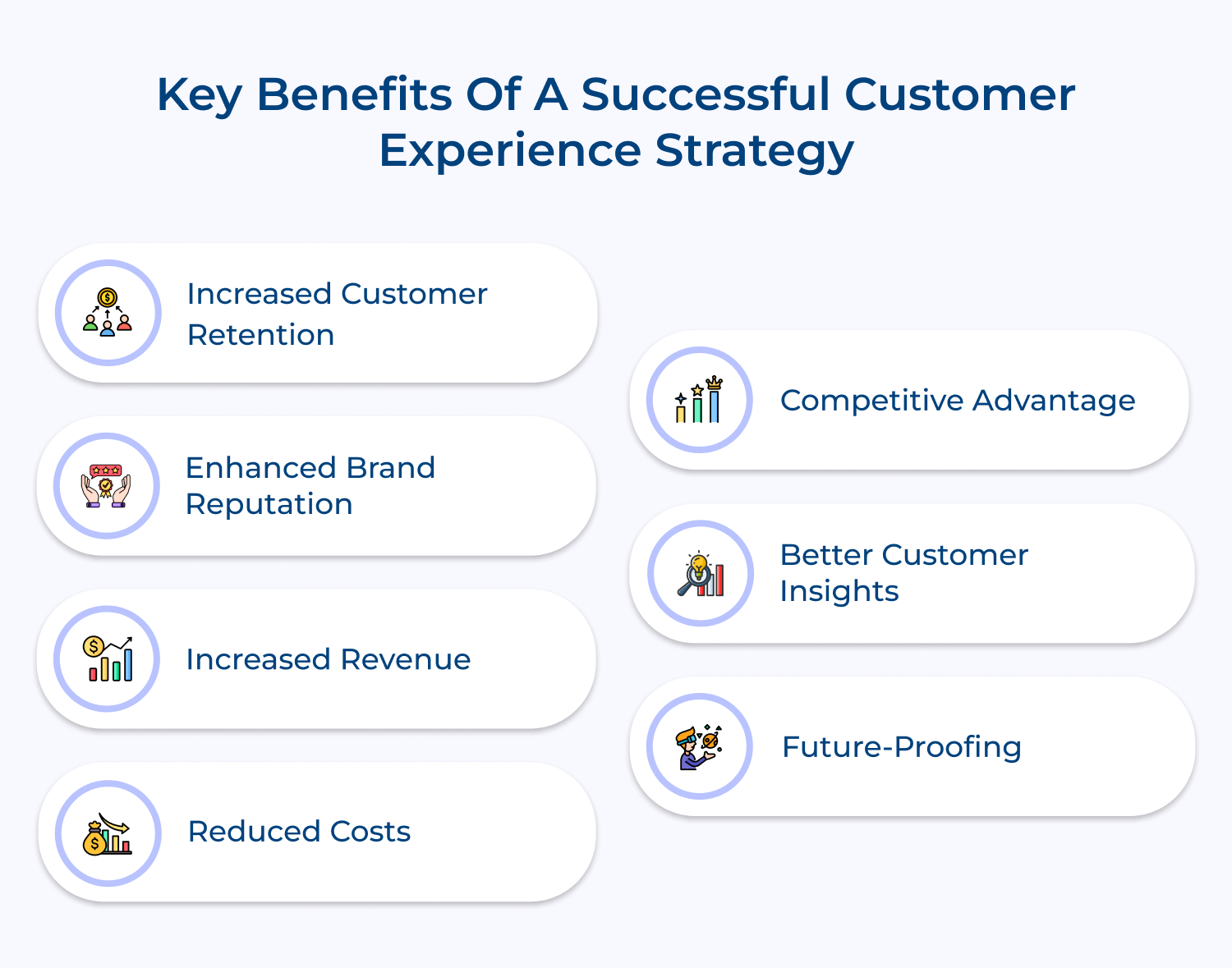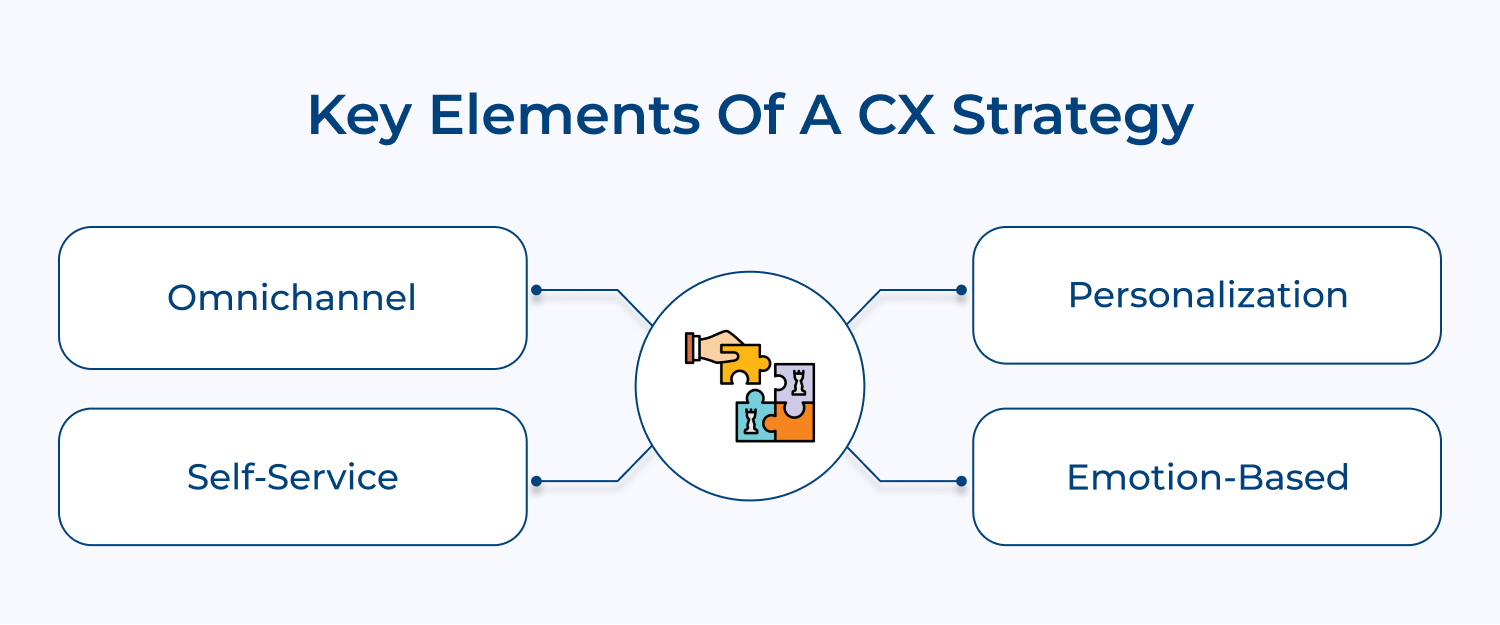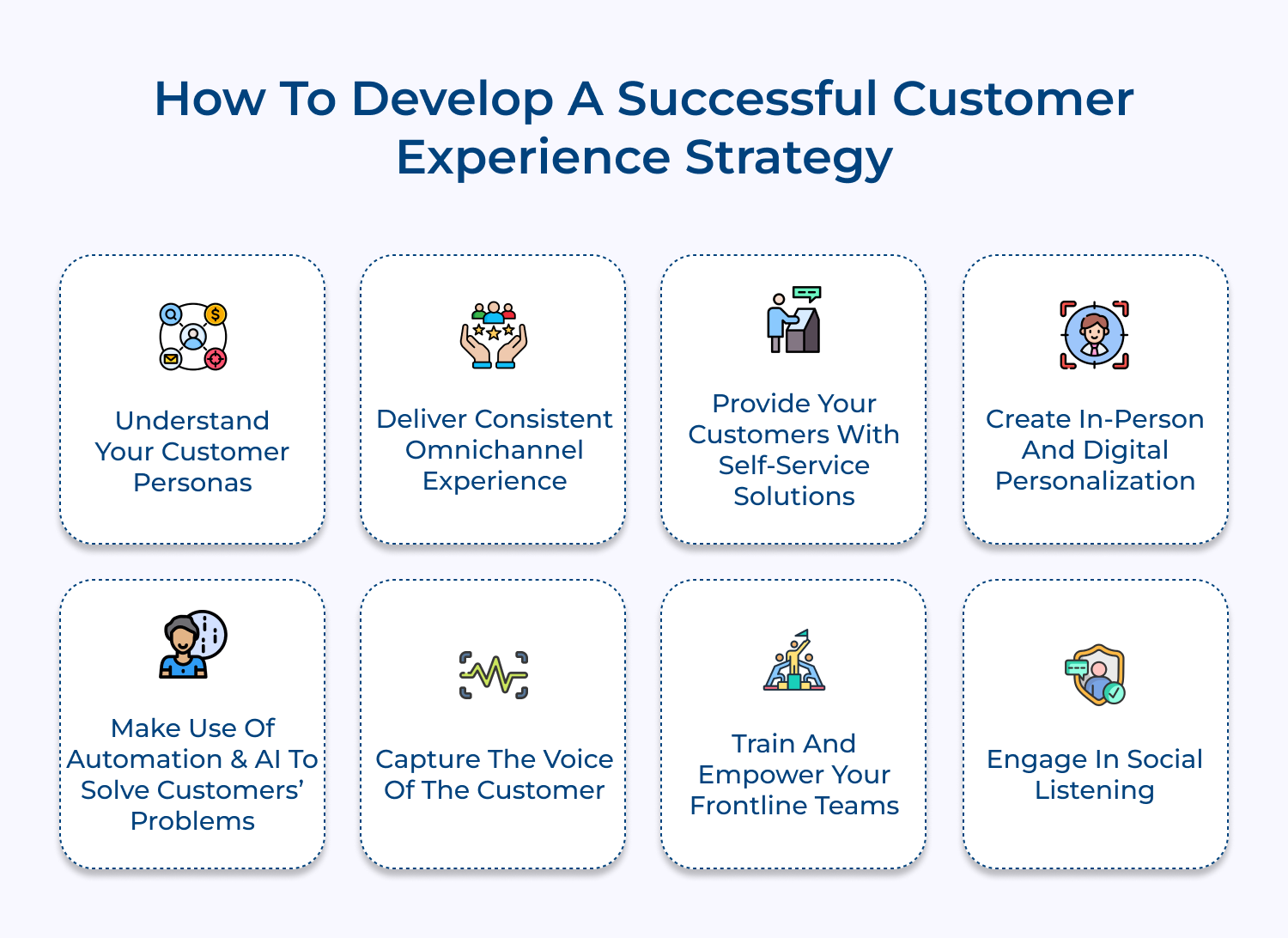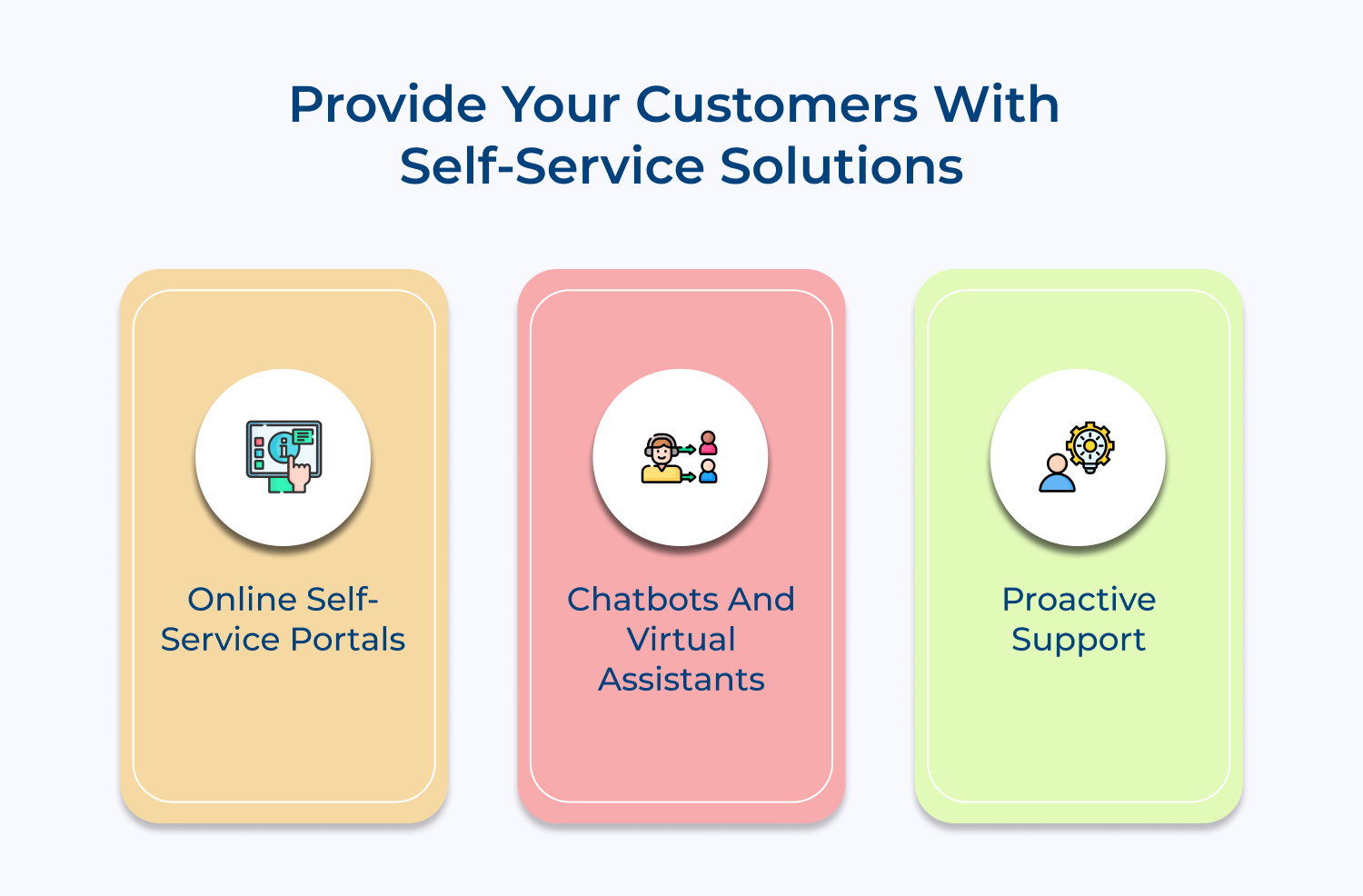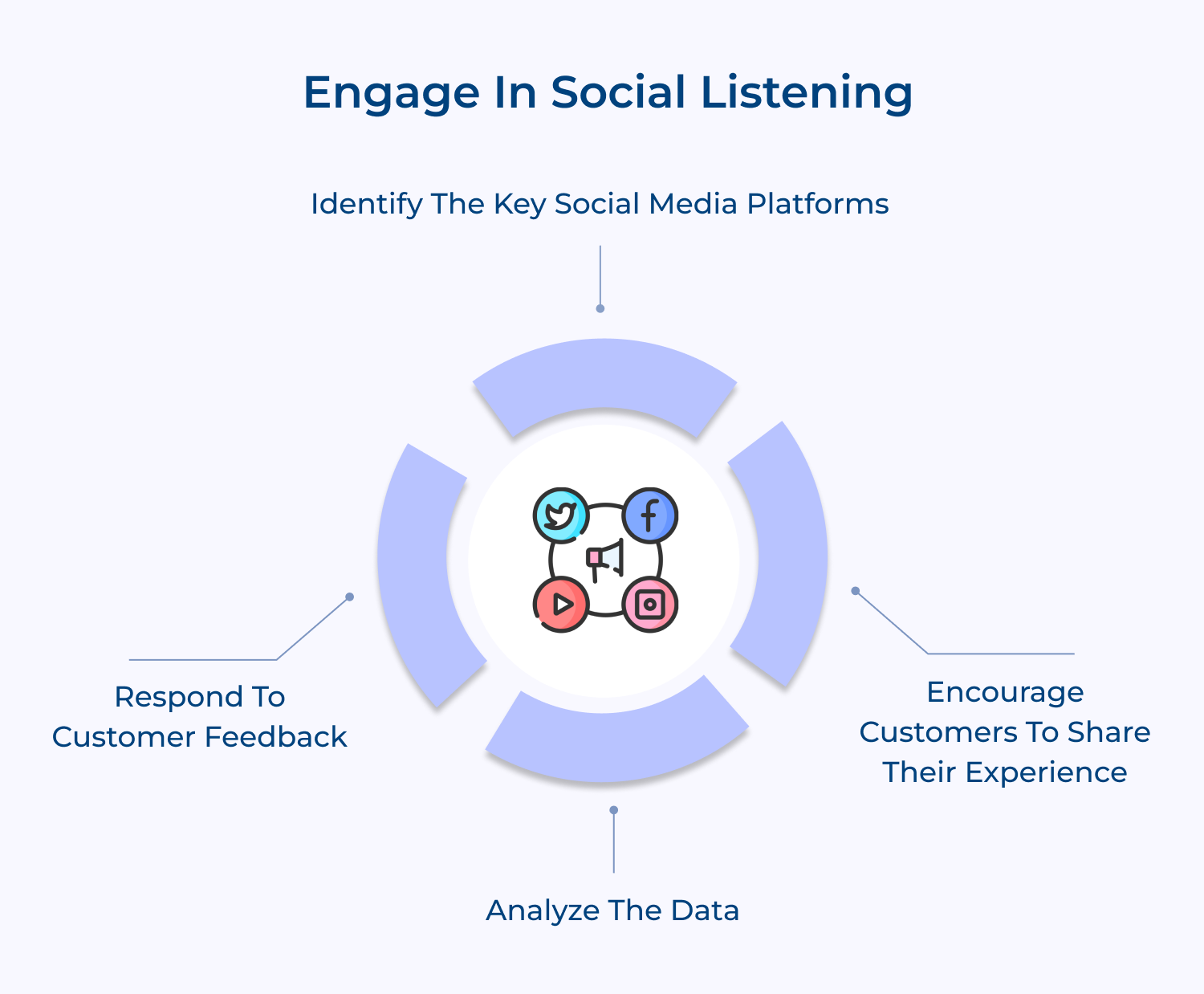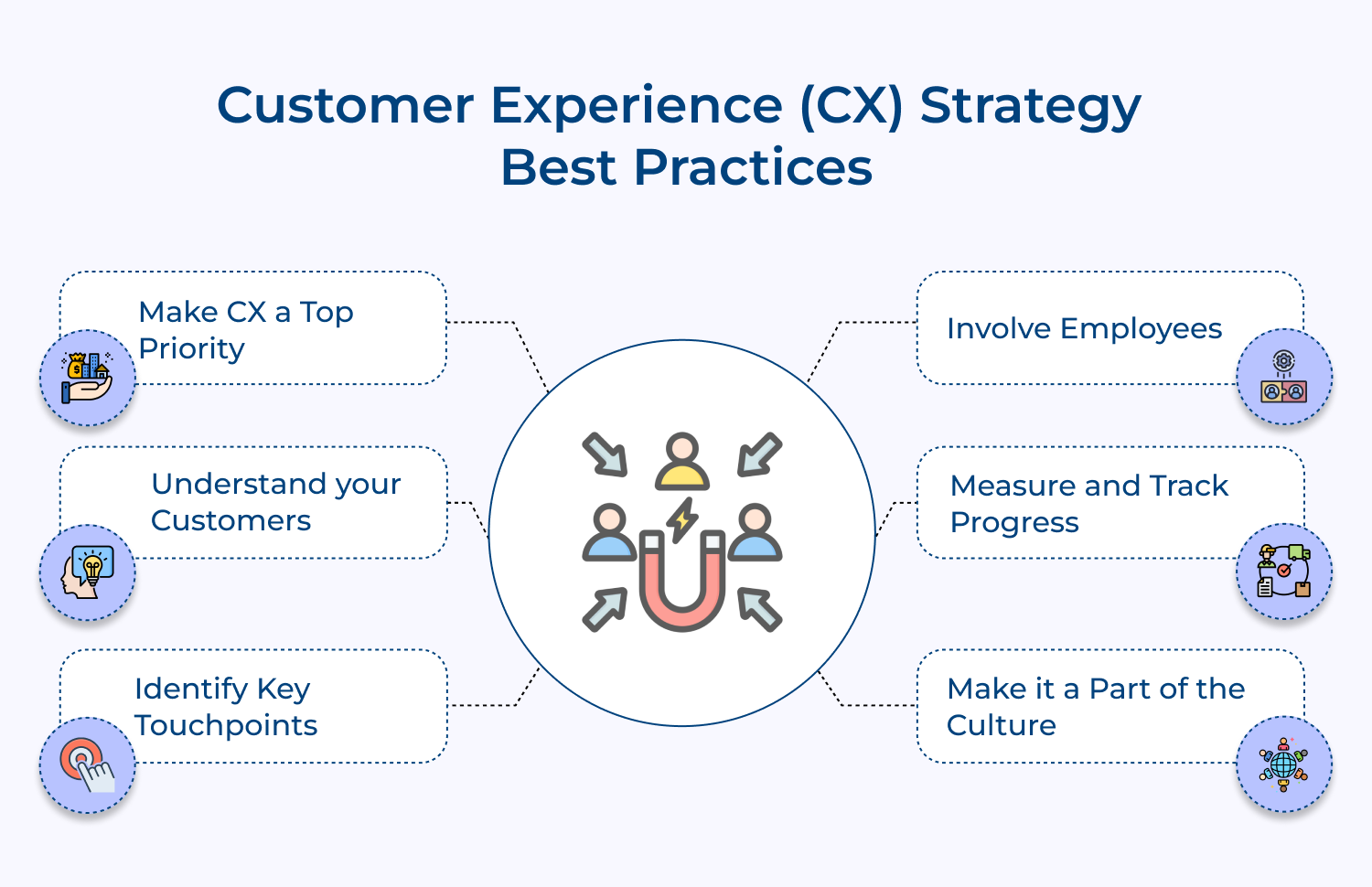Key components:
- Online self-service portals: Providing customers with access to an online self-service portal aka help center can make it easier for them to find the information they need and complete tasks on their own, such as tracking an order or updating their account information.
- Chatbots and virtual assistants: Implementing chatbots or virtual assistants on a website or mobile app can provide customers with quick answers to frequently asked questions, and help them complete tasks without the need to speak with a customer service representative.
- Proactive support: Using data analytics to anticipate customer needs and proactively reach out to them with relevant information or solutions can greatly improve the customer experience.
4. Create In-Person and Digital Personalization
Personalization is the use of customer data to tailor the customer experience to the individual’s needs and preferences.
Having the right level of personalization can help businesses to deliver a great customer experience by making the experience more relevant, convenient and tailored to the individual customer’s needs.
Here are some of the ways:
- Personalized offers: Provide personalized offers, discounts to customers based on their purchase history and preferences.
- Customized content: Deliver customized content, such as product recommendations and personalized messages, to customers based on their interests and behavior.
- Personalized self-service: Provide personalized self-service options, such as interactive kiosks or self-service checkouts, making it faster and more convenient for customers to complete transactions on their own.
5. Make Use of Automation & AI to Solve Customer’s Problems
Businesses can improve the customer experience by using AI automation that helps in providing faster service, anticipating customer needs, and personalizing the customer experience.
Invespro says, “Chatbots can save up to 30% in customer support costs and can help businesses by speeding up response time and answering up to 80% of FAQs”.
- Chatbots: Chatbots can be integrated into a website or mobile app to provide customers with quick answers to frequently asked questions and help them complete tasks without the need to speak with a customer service representative.
- Predictive analysis: AI helps to predict customer behavior and make automated decisions, such as identifying at-risk customers, or predicting which customers are most likely to churn.
- Proactive support: AI automation can analyze customer data, anticipate their needs, and provide proactive support before a customer even asks for it.
- Personalization: Analyze customer data and provide personalized recommendations, offers making their experience more relevant and tailored to their needs.
6. Capture the Voice of the Customer
Capturing the voice of the customer (VOC) is the process of gathering feedback to understand their needs, expectations, and perceptions of a business’s products or services.
Once the VOC is captured, it can be analyzed to identify patterns, trends, and areas for improvement in the customer experience. This information can be used to inform decisions on product development, marketing strategies, and customer service improvements.
Analyzing the VOC, businesses can stay tuned to the changing needs and expectations of their customers through different ways mentioned below:
- Surveys: online, by phone, email or in-person.
- Use of customer feedback platforms
- Social media monitoring
- Call center recordings
- In-person interviews
- Online Reviews
- Website Analytics
7. Train and Empower Your Frontline Teams
Training teams on customer experience (CX) is essential to ensure that they have the skills, knowledge, and understanding needed to deliver a great customer experience.
Here are a few ways to train teams on CX:
- Develop a comprehensive training program that covers all aspects of customer service, including communication, problem-solving and product knowledge.
- Use role-playing exercises to help team members practice handling different customer scenarios and to give them the opportunity to receive feedback on their performance.
- Make use of technology to provide training and support, such as online tutorials, webinars, or e-learning modules.
- Encourage team members from different departments to participate in customer service training, in order to get a better understanding of the customer journey and the other departments’ contributions to it.
8. Engage in Social Listening
Social listening is the process of monitoring online conversations and mentions of a brand, product or industry to gain insights into customer sentiments.

